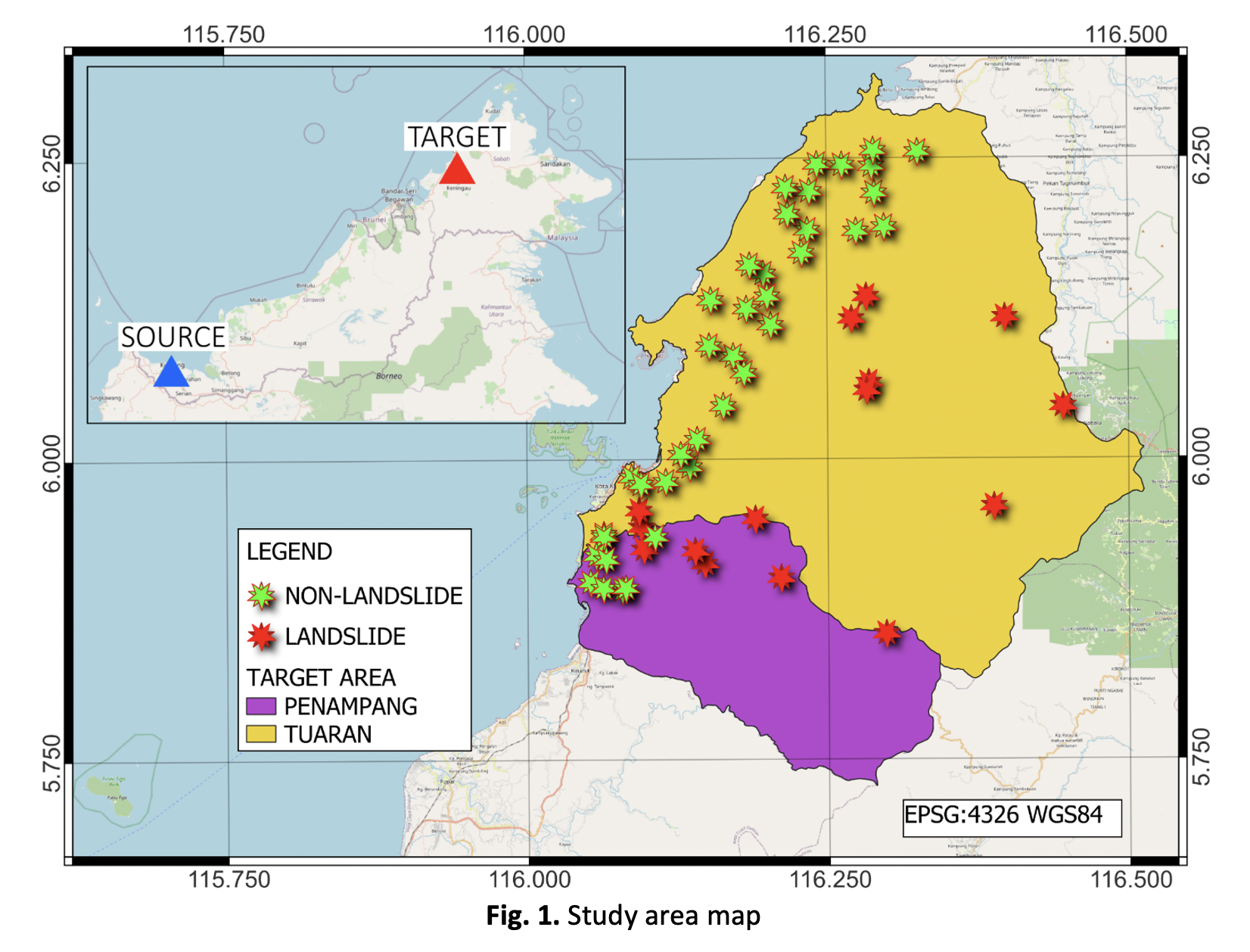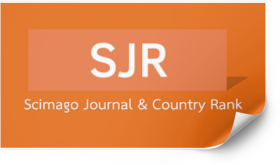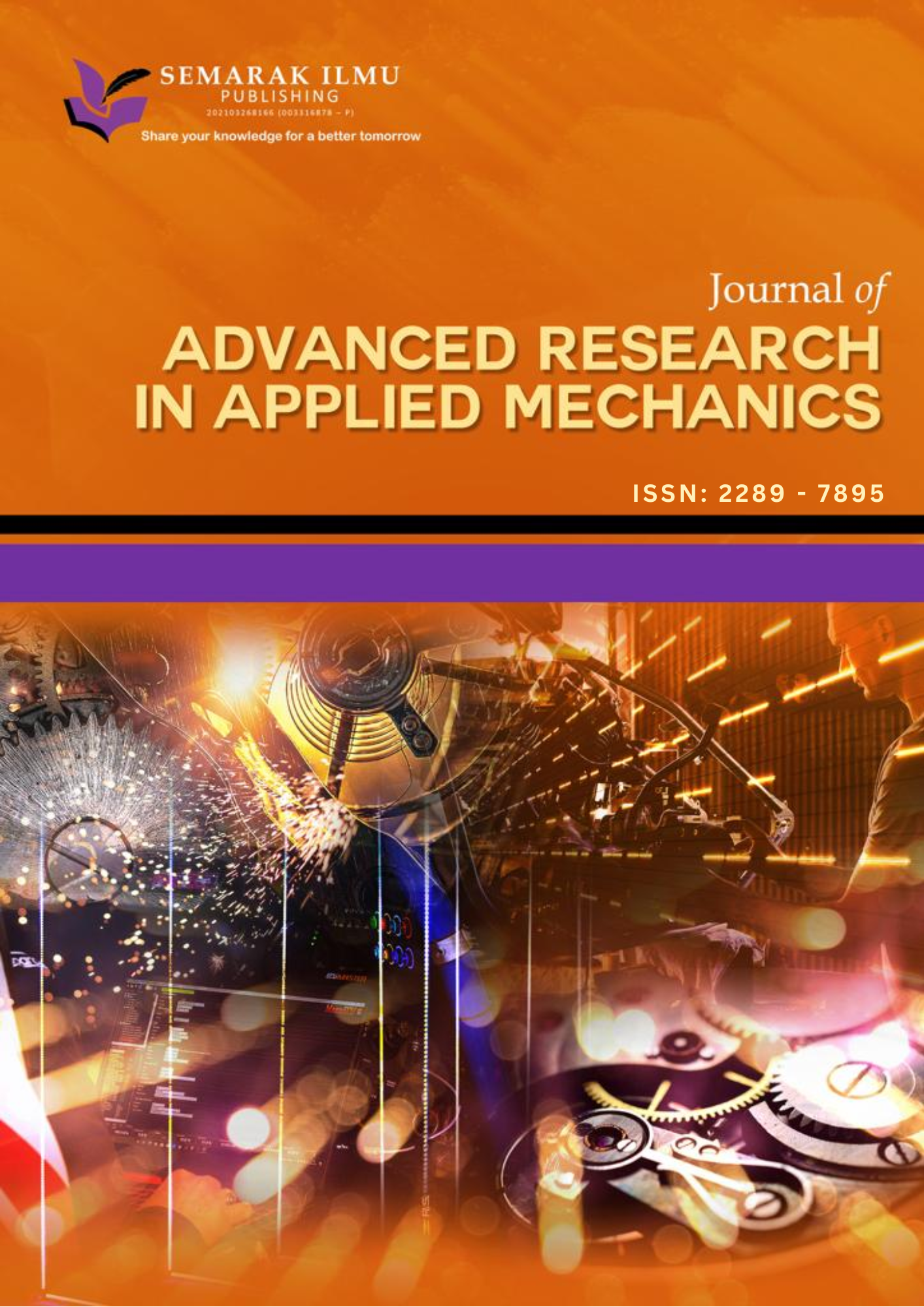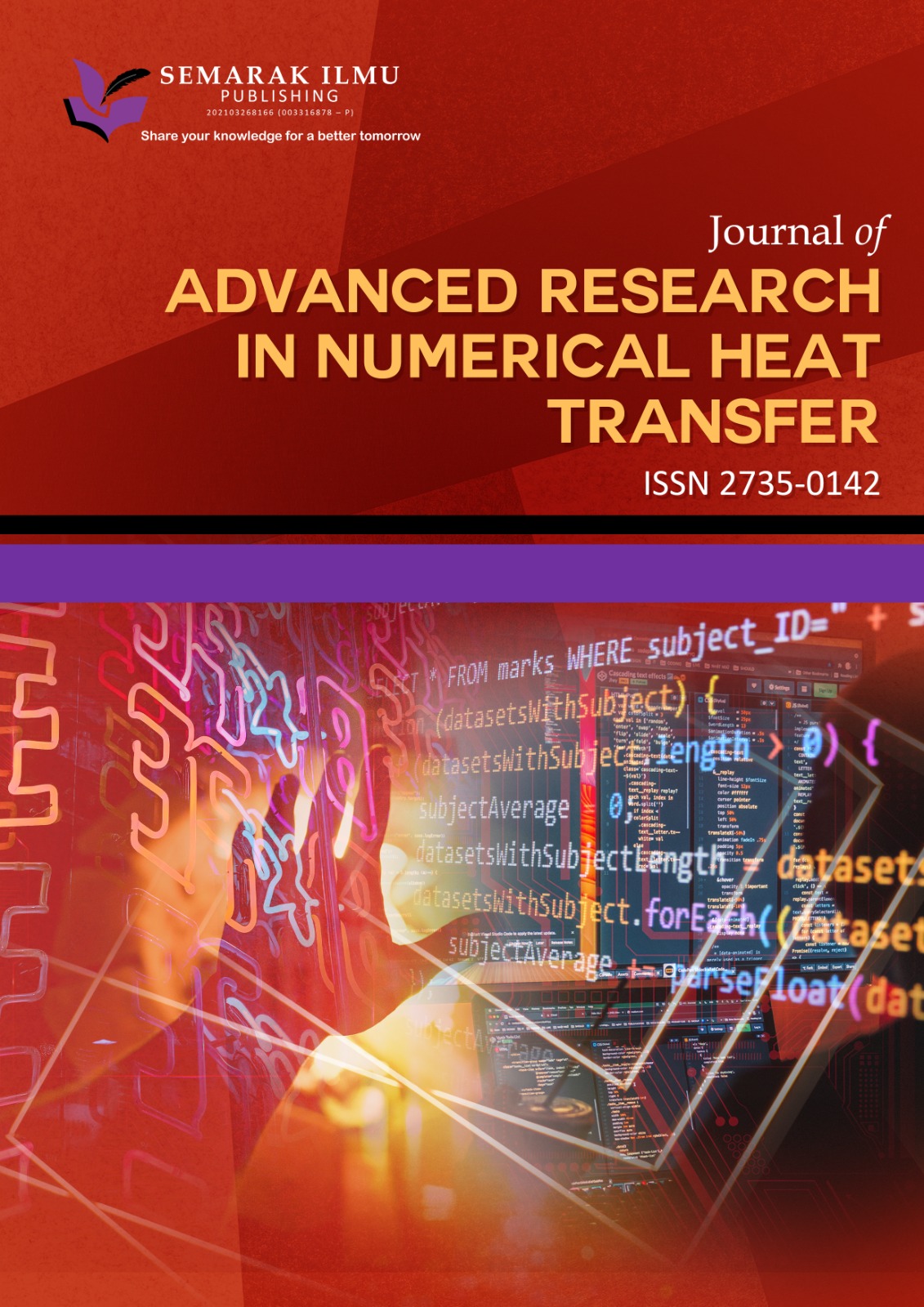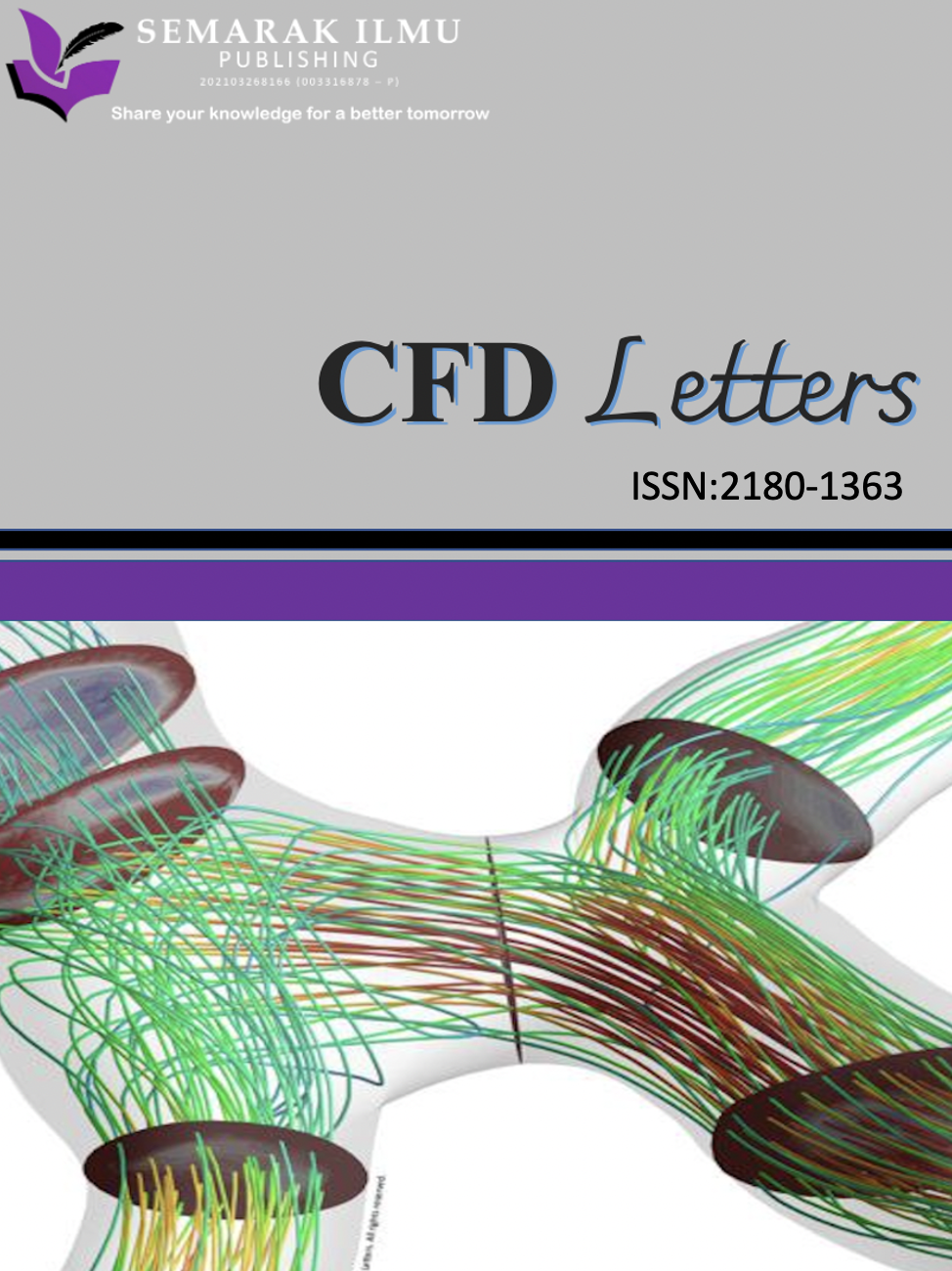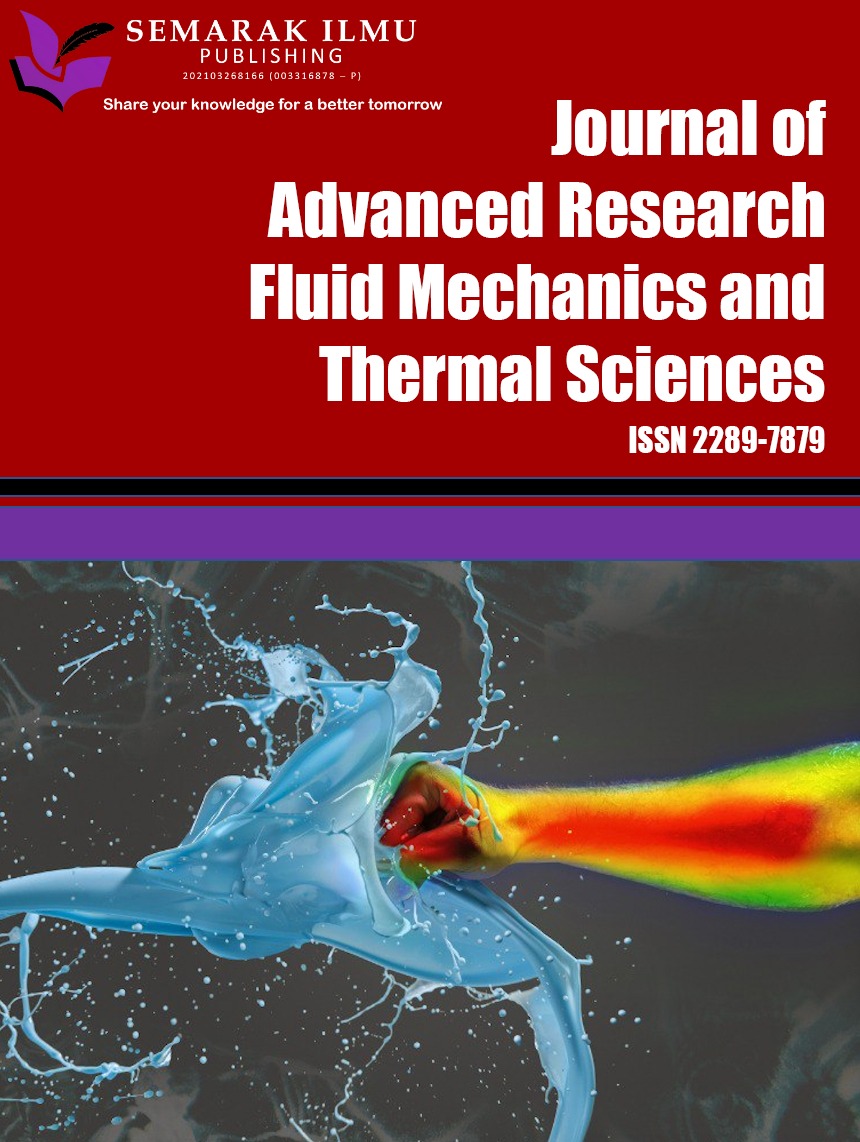Transferability of an Artificial Neural Network Model for Landslide Susceptibility Prediction: Extending from Western Sarawak to Tuaran and Penampang, Sabah
Keywords:
Landslide, Borneo, ANN, GISAbstract
Landslides have been determined to be one of the most damaging forms of natural disasters as well as common geological hazards around the world that causes significant damage to the ecosystems, and settlements. Landslide susceptibility assessment is a crucial step in understanding the risk of landslides for an area to conduct a successful mitigation effort. Cotemporary research has deemed a machine learning based approach to be highly accurate in determining the susceptibility of an area towards landslide, and a suitable prediction function for the landslide susceptibility map development. Given the dependency of machine learning models on the availability of data used to develop its predictive capabilities, the deployment of the method may not be suitable in regions that are lacking or do not have the required data, especially historical landslide points. In this study, the Artificial Neural Network model was developed with data from Western Sarawak, located 1158 km away from the target region which were Tuaran and Penampang, Sabah, that was lacking in the amount of available historical landslide data. To enable the transfer, the type of variables in both regions were kept uniform, which were aspect, curvature, elevation, land use and land cover, rainfall intensity, slope angle, and topographic wetness index. In its own region, the model was determined to be highly accurate for predicting landslide susceptibility with a training success rate, and prediction success rate of 100%. Transferring the model to the target region reveals the process was a success, with a prediction success rate of 98%, and a precision of 100%.
Downloads
